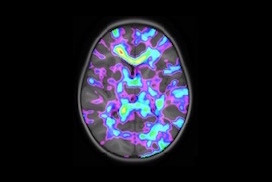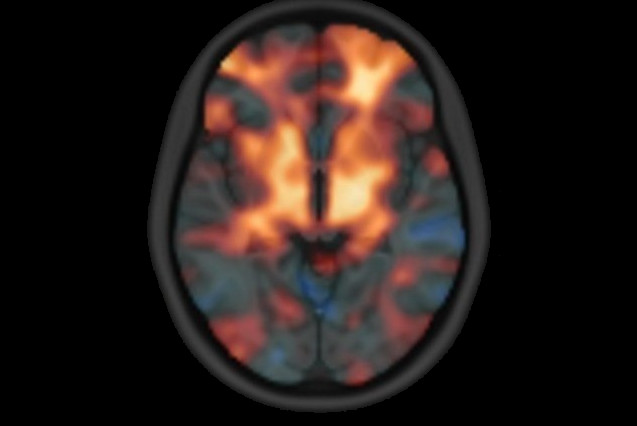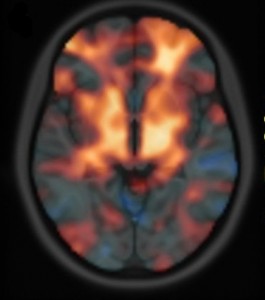Autism Spectrum Disorder (ASD) is a set of neurological disorders characterized by impaired social communication and interaction, as well as restricted, repetitive patterns of behaviour, interests and activities. It is commonly diagnosed at around the ages of 3 to 4 years, developing tools that could aid in obtaining a diagnosis as early as 6 or 12 months of age would allow an early therapy that could potentially increase the adaptation to society of children with ASD.
At the NIST, we have utilized voxel-wise image processing methods to investigate the brain development of children at high-risk of ASD during the first 2 years of life. This work has led to observations of significant differences in the growth trajectories of several regions in the brain between children who are diagnosed with ASD at 2 years of age and normal controls.




